Eight miles of tunnels full of World War I history were just rediscovered by a battlefield explorer, and what he found inside is a haunting time capsule full of carvings created by American soldiers.
Although there are accounts of this network of tunnels referred to as the “Yankee Quarry” and maps seemingly pointing to its location, it wasn’t until an amateur explorer named Marc Askat, 31, had a chance encounter with a tunnel that led him right into the belly of history.
After descending into the depths, he was stunned to find countless carvings on the walls that were created by the men who fought and died for this country so many years ago.
Troops from the American Expeditionary Force (AEF) made their way to Northern France to fight alongside British and French forces in the latter stages of World War I.
For shelter, they constructed an eight-mile stretch of tunnels in the forest, the entrance of which you can see below.
But the nearby grounds were used for far more than that. The earth was slashed through with mines, trenches, and extensive tunnel networks over the course of the war.
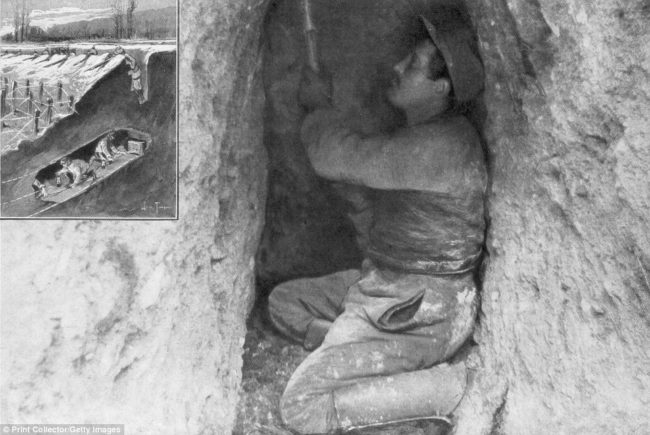
Getty Images
And perhaps all of this activity is what forced what’s now known as the Yankee Quarry to get lost to history.
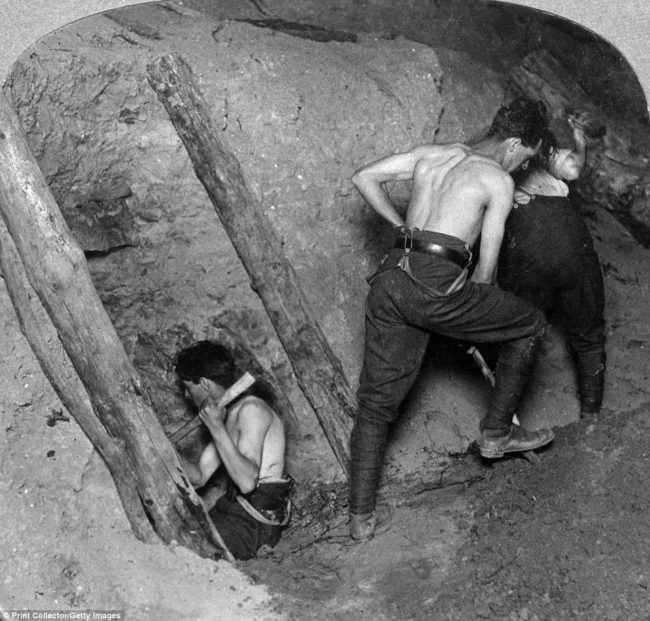
Getty Images
Here you can see American soldiers standing outside of the entrance. It’s amazing how time can steal away entire pieces of history, even when those pieces are well documented.
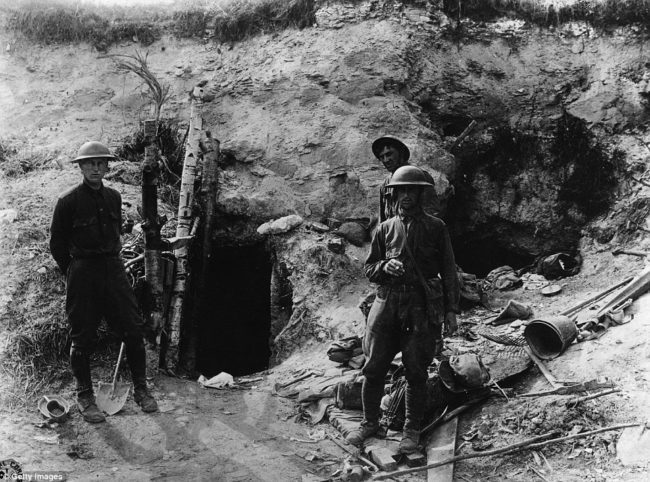
Getty Images
Because so much battle activity was happening above and below ground, finding refuge became increasingly difficult as the war waged on.

Getty Images
The only choice American troops had was to lay their heads down far below the trenches.
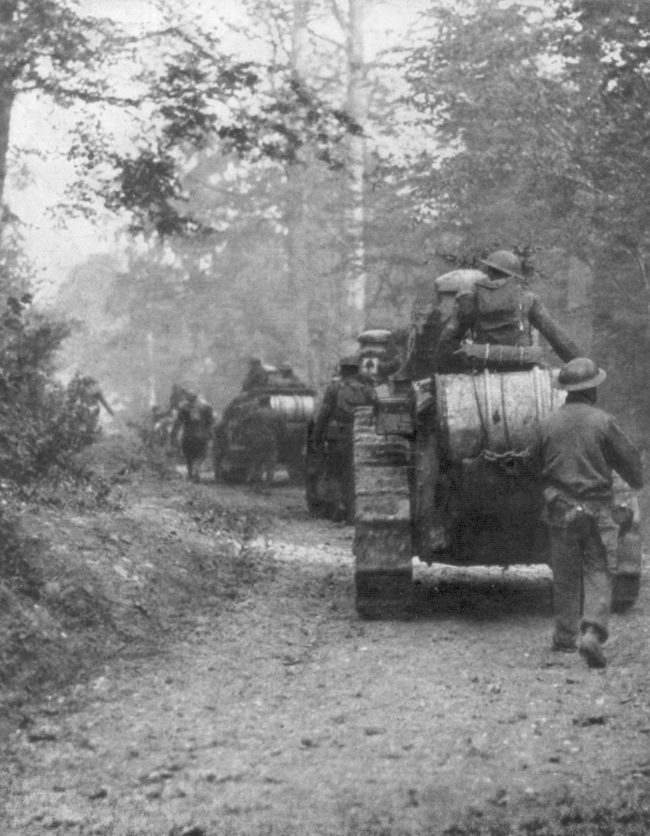
Getty Images
Needless to say, there was no rest to be found on the surface.
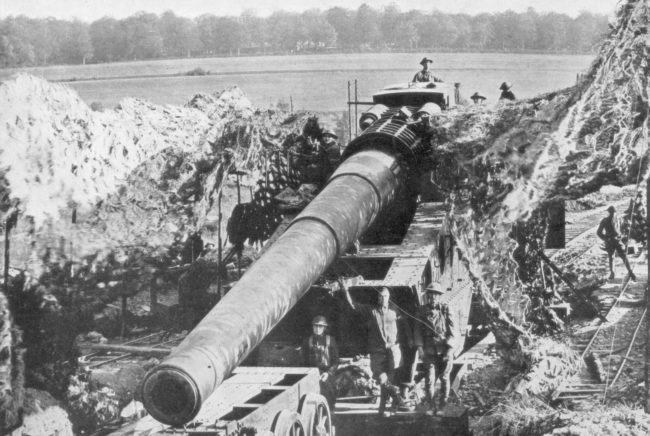
Getty Images
Until now, the portions of their lives that were spent in the tunnels were all but forgotten.
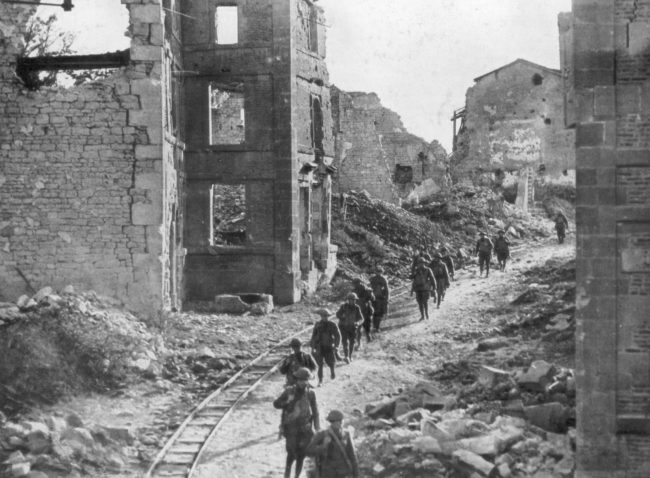
Getty Images
But everything was brought to light once again when Askat found the entrance and stepped back in time.
The tunnels were etched with over 200 incredible carvings created by the soldiers who called them home.
Some soldiers took an artistic approach.
Others used carvings as displays of pride.
The Devil himself even makes an appearance in a tomb.
“In Memoriam” pieces line the walls of the tunnels.
Even when triumph and victory felt unattainable, they kept their spirits up through art.
These upward-facing shots reveal the sheer size of some of them.
This carving is a masonic symbol.
There were more than a few talented creators in the AEF.
Some of the pieces are portraits of the soldiers who slept in the depths.
Thinking about how long it must’ve taken to carve these really puts the amount time they spent down there into perspective.
The ship depicted here is the Falls of Clyde, which still serves as a museum ship in Honolulu, Hawaii.
It’s hard not to feel heartbroken after reading what these artists wrote next to their work.
Sadly, there’s no way to figure out what inspired every single one. With a little help from the Internet, however, some carvings have been contextualized in the most powerful way.
While in the tunnels, Askat came across this memorial.
After the release of this collection, someone found the death certificate of the soldier commemorated in the carving above.
The photographer was understandably moved by the memorial etchings.
The first question on everyone’s minds is, of course, regarding what will be done to preserve the tunnels now that they’ve been rediscovered.
Because the surrounding area has remained largely untouched, any restoration work would come with its own set of safety hazards.
“Some trees even contain unblown ammunitions in their roots,” Askat explained to the Daily Mail.
For that reason, getting in there with restoration equipment would be a dangerous endeavor.
That being said, it’s good that we at least have photos of them now. One soldier carved President Woodrow Wilson into the stone, since he gave the command that sent them to France.
Because of the explorer’s work, the troops who lived down in these tunnels will never be forgotten again.
“In the future,” Askat said, “the entrance hole is going to be sealed with an iron door, but not much is planned after that.”
Even if official plans are not yet in place, Askat is proud of his work. In his words, “This is why I took the pictures of this place, and moreover, why I am exploring in general. I want people to see forbidden or forgotten places.”

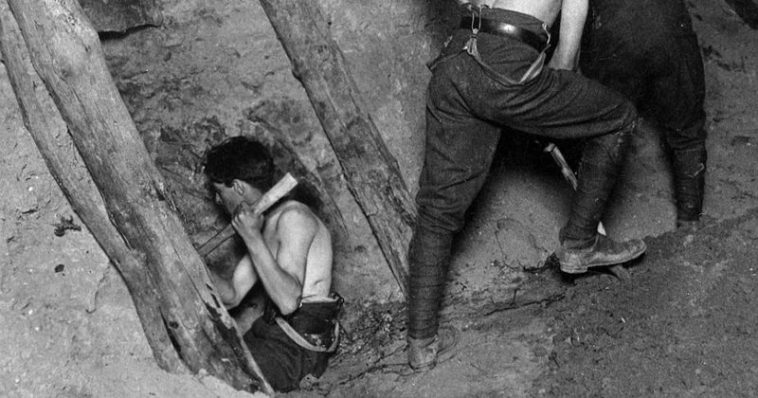
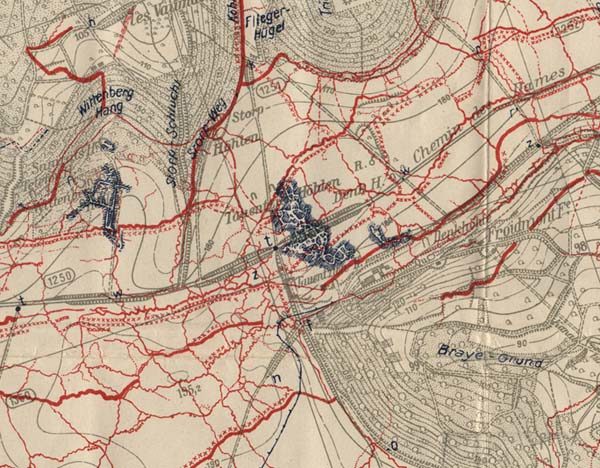
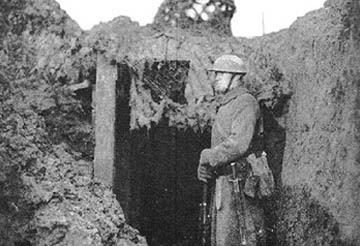
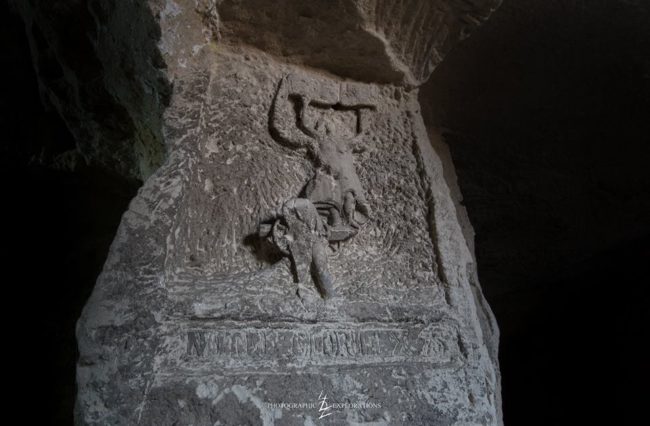
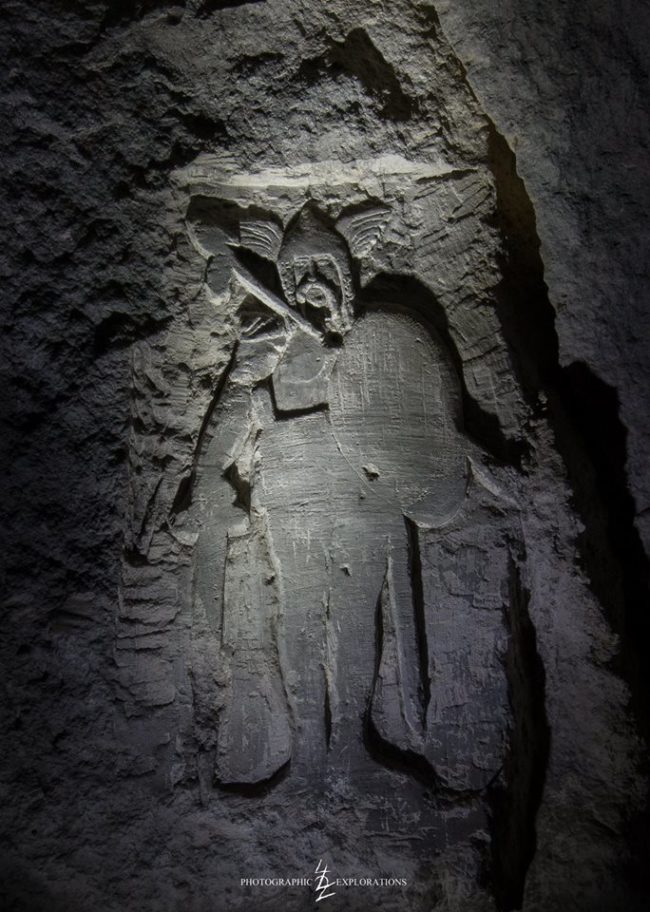
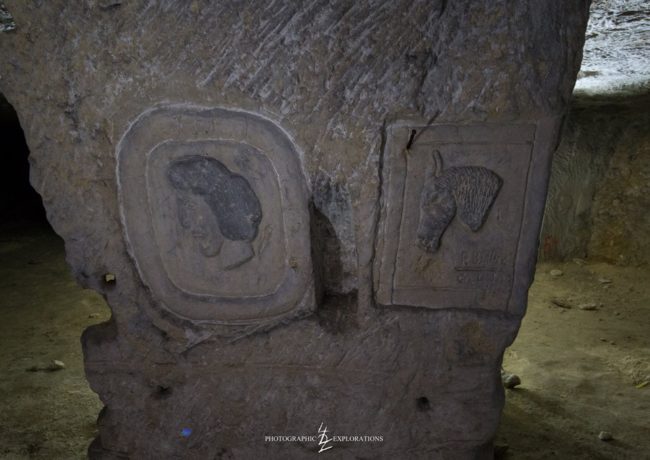
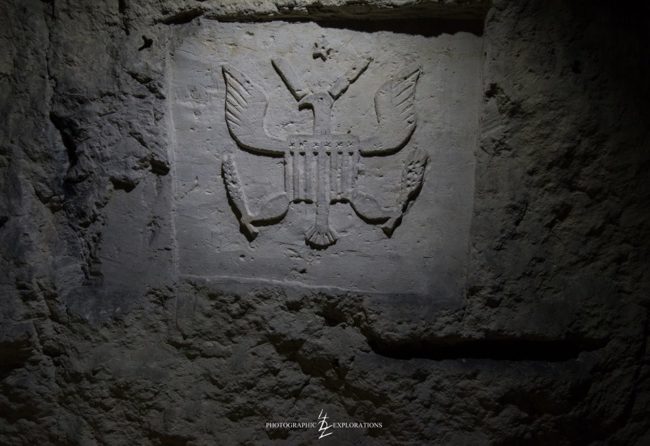
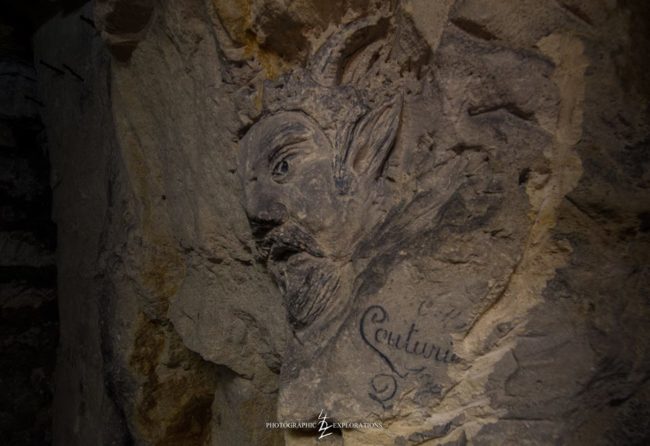
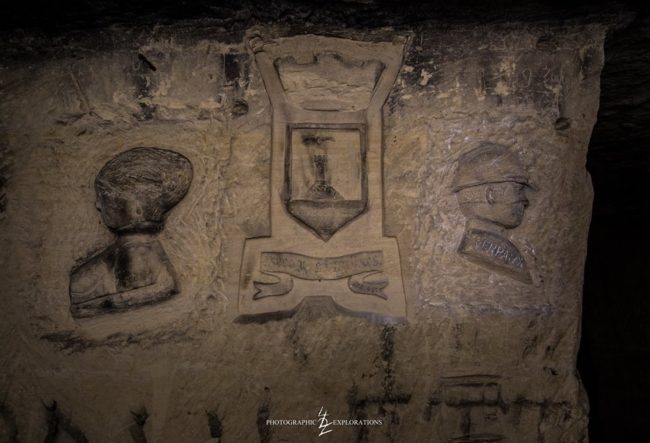
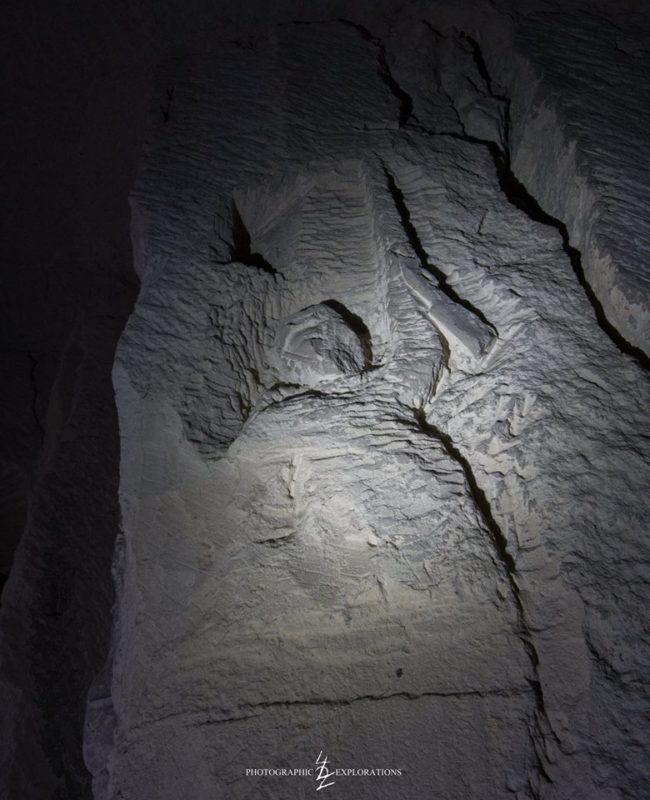
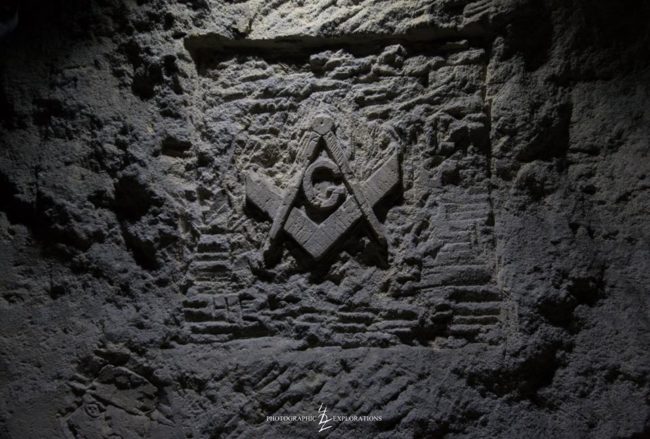
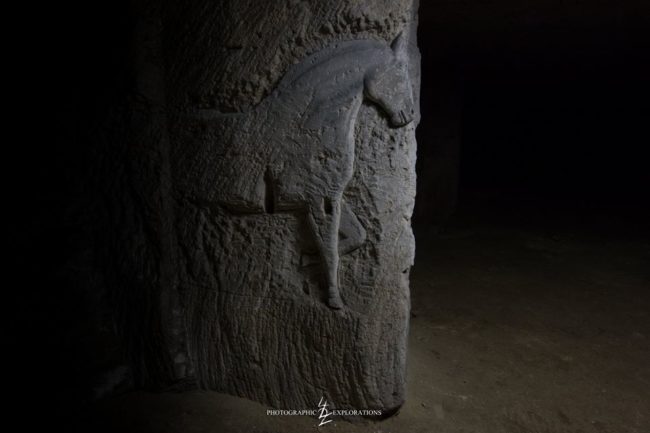
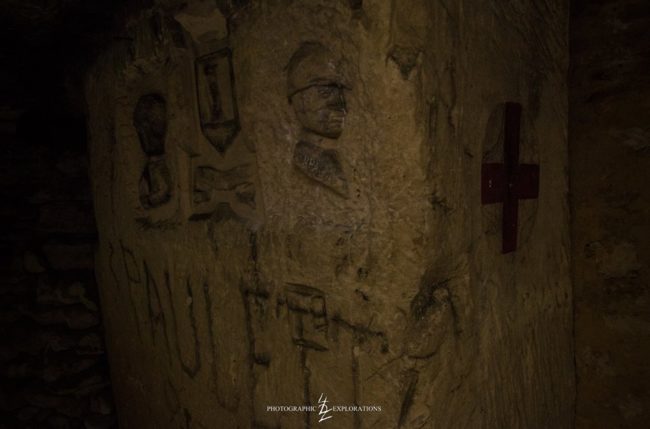
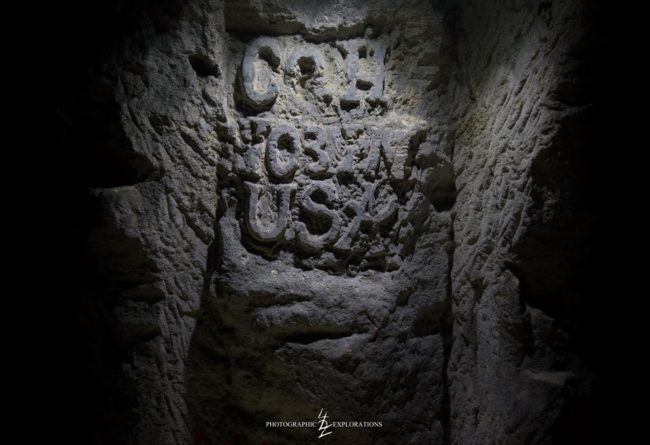

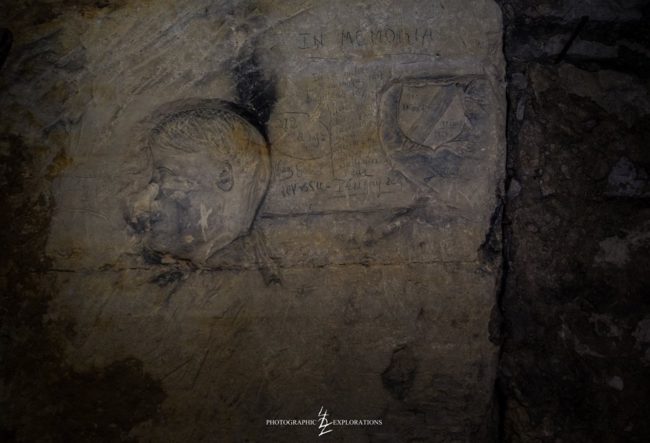
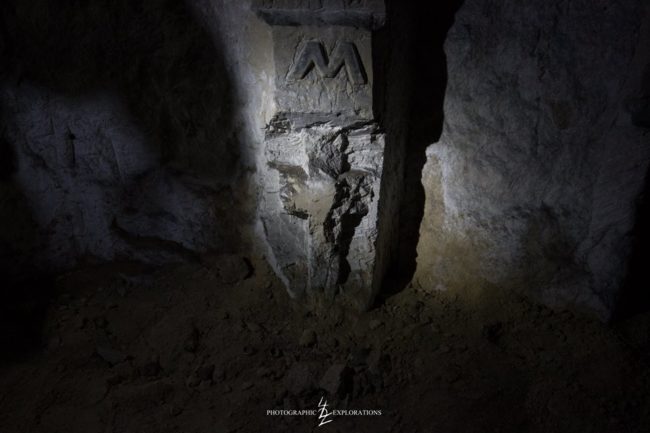
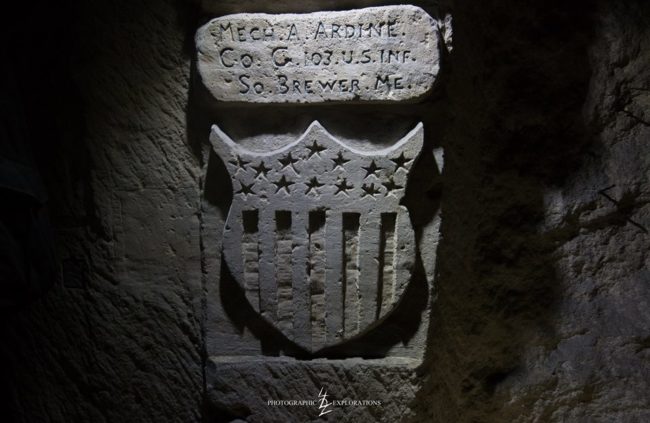
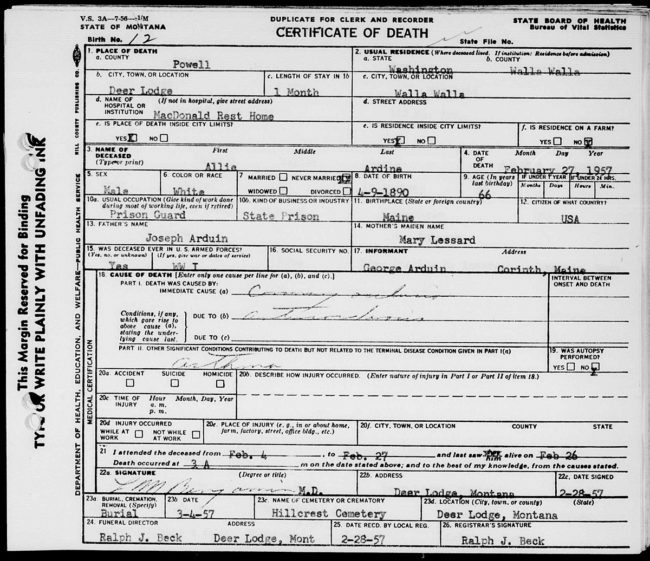
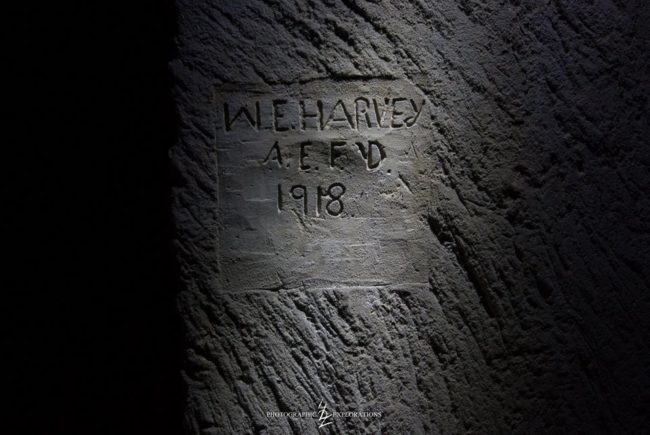
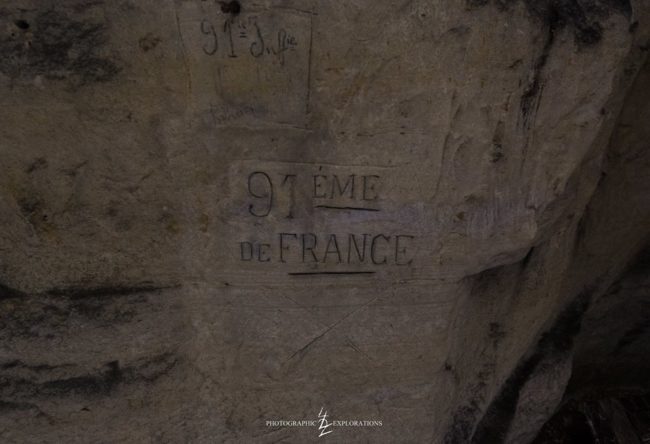

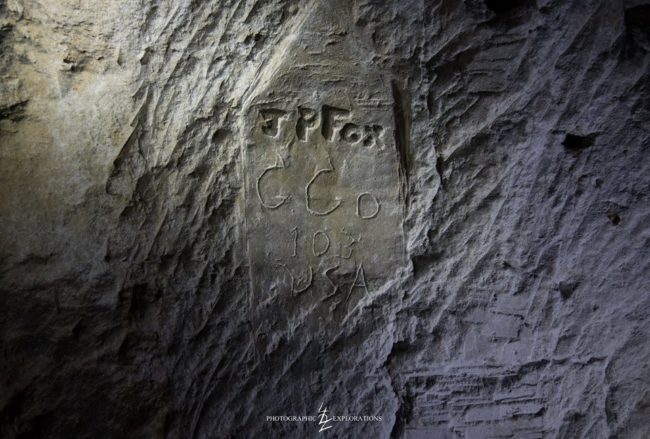
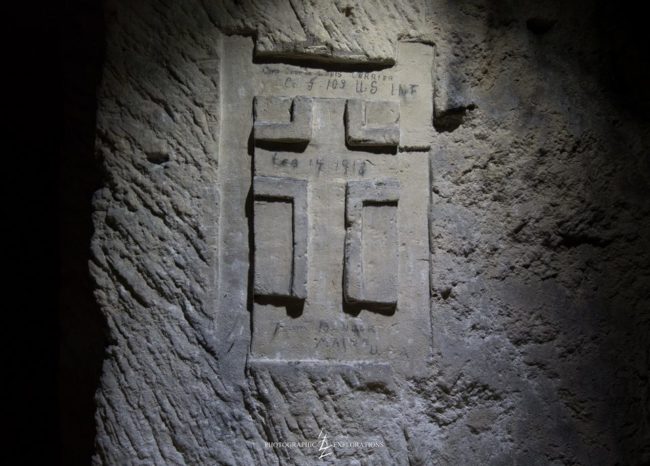
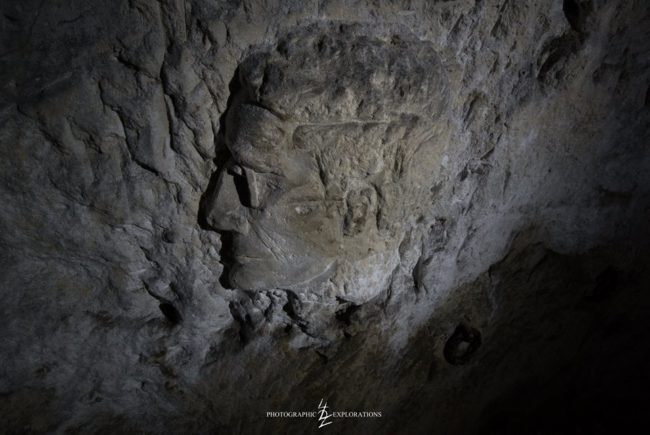
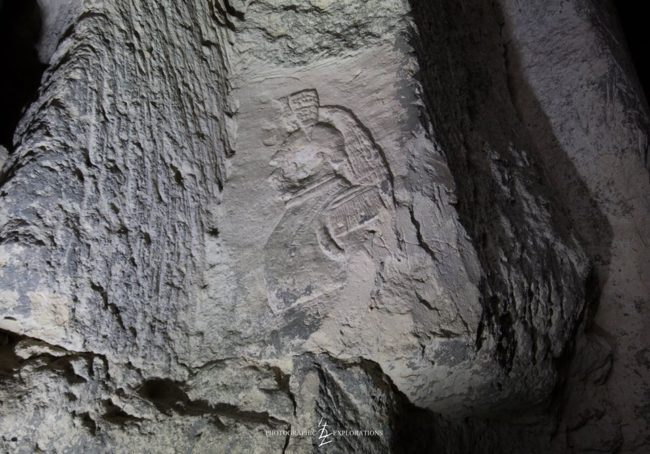
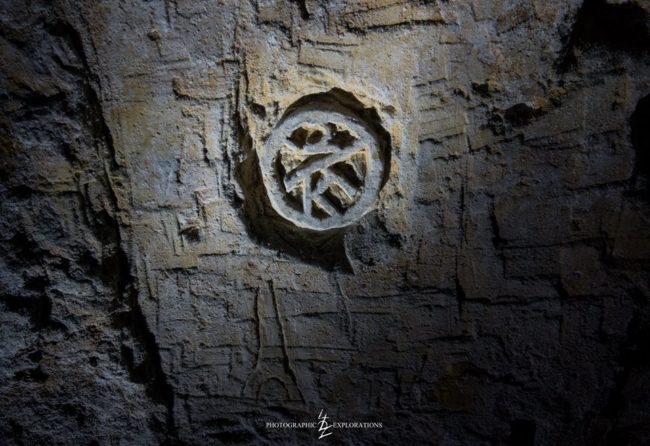
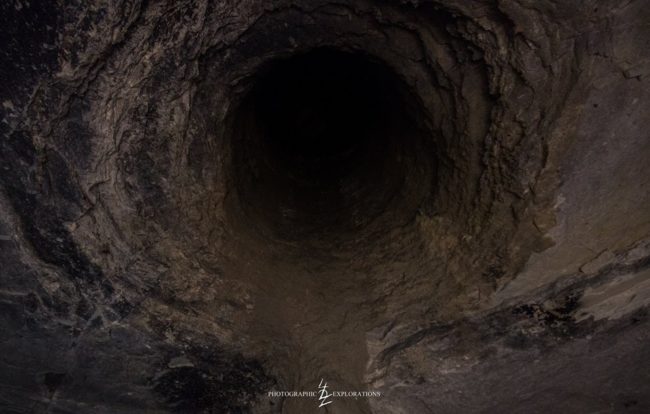
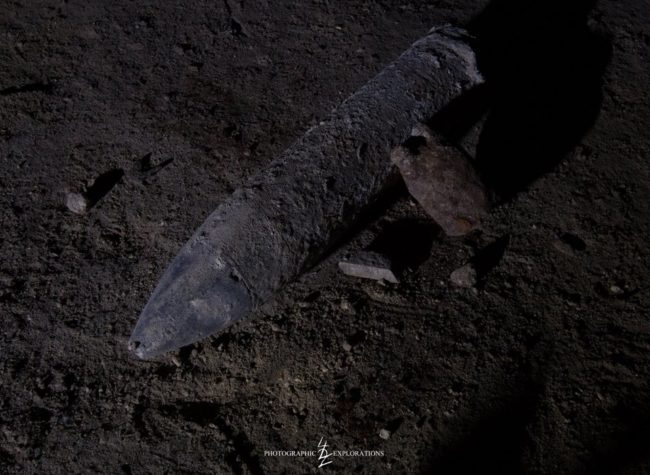

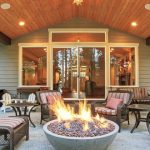
Comments